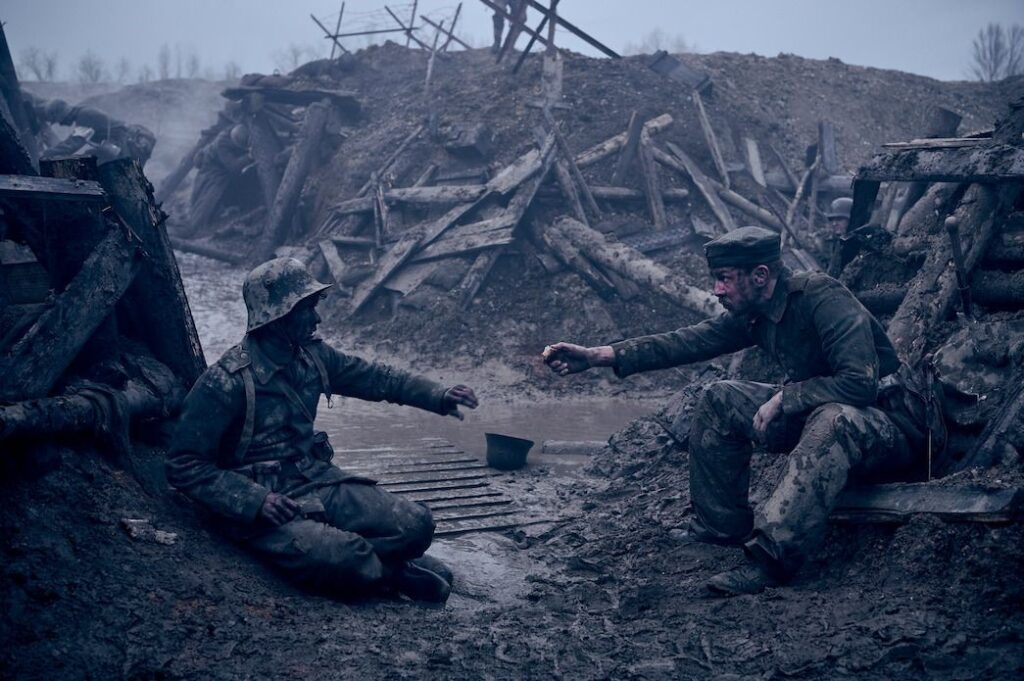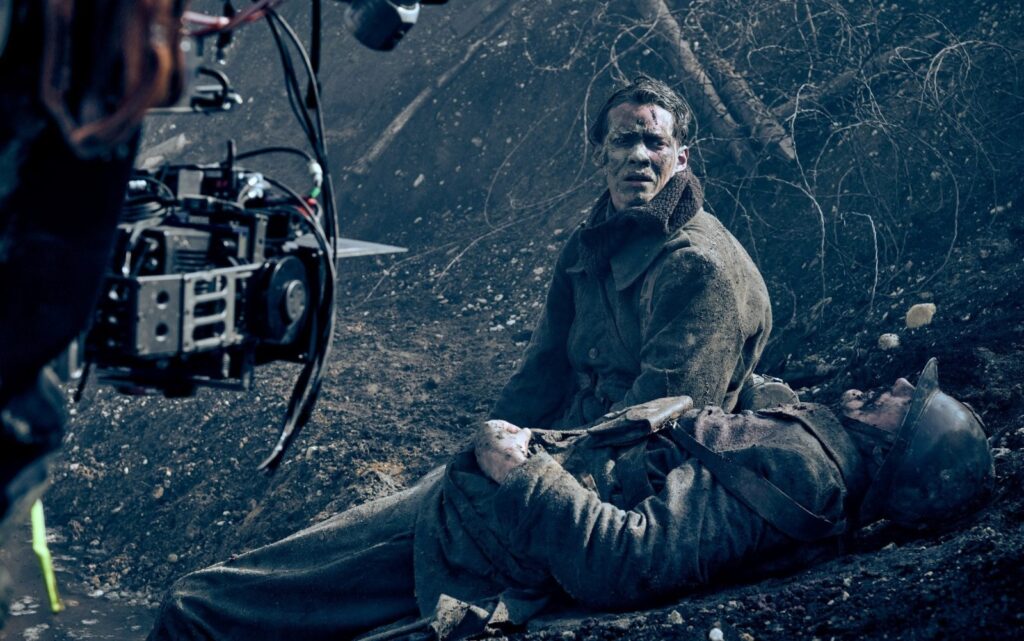What does Monaco mean by the term “spectrum of the arts” give a definition of what this means and examples of each type of art form.
As Monaco puts it, the spectrum of the arts is formed as a point between the subject and the observer where film significantly reduces the distortion that the presence of an artist creates.
This falls into 3 bullet points of what it is defined by:
- The performance arts (real time):
Example 1 – Acting such as in theatres or in films is an example of this, due to its ability to captivate an audience via emotions, it is highly regarded as a key art form, this is evidentially shown through famous plays such as Shakespeare’s plays being performed over and over through multiple years. This can furthermore been backed by awards such as Oscar’s being given to actors performances in acting out emotional scenes, such as most recently Brendan Fraser receiving one for his performance in ‘the Whale’, a drama narrative about a morbidly obese man trying to rekindle his relationship with his daughter before his death.
Example 2 – Singing is an ancient art form dating all the way back to 3500 – 500BC with people singing distinct folk music. Musical films, such as ‘La La Land’ utilise singing and create a world around it using film and acting as a narrative to provide emotional context to the lyrics and tone. Singing is a highly adaptable art form as it can alter and vary to the liking of both the subject and observer, thus creating a passion for it and audiences reacting positively to it.
Example 3 – Dancing, as well as singing can be found through out history as even nature uses it, with birds using it to attract mates. Dance is natural to humans and is away of expressing inner feelings, thoughts and emotions via the body, creating a captivating performance that appeals to a demographic of the type of dance, such as break-dancing, ballet or folk dance.
- The representational arts (convey information to the viewer):
Example 1 – The form of realism is one of many styles of representational art, by capturing something as realistic as possible on a canvas such as the Mona Lisa, it can be interpreted as conveying the worlds natural beauty through artistic paintings.

Example 2 – Idealism is another form of art that, rather basing ideas on material objects, strives for ideas that are dissociated with reality, striving for perfection. It can be said that the Sistine chapels ceiling, painted by Michelangelo conveys the renaissance idealism and portrays religious imagery Through art, which once only could be expressed through the imagination previously. This can be seen in the work with god surrounded by his angels forming the shape of the mind (brain) giving Adam’s the power of thought, an idea that was popular in the renaissance era.

Example 3 – How media is a type of representational type of art can be shown in how they present via books, Television and films certain types of people or communities. Films dedicated to culture and history like the animated films ‘Coco’ or ‘Moana’ express the cultural traditions such as Offrenda’s in Mexico and Kākau stick and poke tattoos in Hawaii through animation, and since the demographic is to that of a younger audience, it encourages them to explore more about there cultural significances and traditions.
- The recording arts (more direct info path from subject to the observer however with the modern era has adapted to technology such as film and audio):
Example 1 – Cinematography nowadays is becoming more and more a recording art form due to the rapid developments in technology, this can be seen via Imax cameras capturing amazing visuals in such depth that can be overlooked or impossible to see in the real world. A recent example of how cinematography can be seen as an art form can be seen in some scenes of the multi-nominated film ‘all quiet on the western front’. The nature and aesthetic of trench warfare is visually captured through the camera work and colour grading to the footage.



Example 2 – Audio such as sound design or music score is also a new type of art form becoming more recognised, a good example of sound design is found in the film ’saving private Ryan’. This is shown when veterans of D-day commented on the accuracy of how the German weaponry sounded, this was due to Steven Spielberg taking note of veteran’s experiences saying the machine gun fire sounded like the ripping of velvet, so he incorporated that into the film to further immerse the authenticity to the audience.
